What are the cheapest cars to run?

It is true that, generally speaking, the cost of running an EV is cheaper thanks to the high efficiency of electric motors, and lower maintenance costs. Comparing the power costs of an EV to the fuel costs of an equivalent ICE (internal combustion engine) vehicle, the power costs of an EV can be as much as 60 per cent less.
But which are the cheapest cars to run overall?
Thanks to the new Vehicle Emissions Star Ratings website released by NSW Government, you can now find out just that.
The website uses data from the Green Vehicle Guide to present fuel costs and carbon emissions data of vehicles in an easy-to-understand interface.
It uses a familiar star-based rating system, similar to the energy efficiency ratings introduced for electrical appliances such as washing machines and dishwashers almost four decades ago.
The platform’s data covers 16,000 vehicles spanning all the way back to the year 2004. The ratings system hands out six shiny stars to all-electric vehicles, which have no tailpipe emissions, while traditional petrol and diesel cars can achieve a maximum of four stars.
Hybrid vehicles are also considered in this rating system, with their highest attainable rating set at 4.0 stars, whereas plug-in hybrid electric vehicles, commonly known as PHEVs, can claim a rating of up to 5.5 stars.
That said, when looking at which vehicles are the cheapest to run in each segment, it comes as no surprise that EVs are mostly the best performers. Here is a visual, interactive chart using data from the Green Vehicle Guide, showing comparative annual "fuel" costs for electric vehicles.
— Bridie Schmidt
Perhaps more interestingly, some of the cheapest EVs to run can only now be purchased secondhand in Australia – so there are some bargains to be had on price as well as running costs.
Note: Assumption for costs below use VESR's default settings of 13,000km a year driven, 35c/kWh for electricity for all comparisons. The chart above uses GVG default settings of 14,000km and year, 30c/kWh for its calculations.
Read our guide here on buying an EV secondhand in Australia.
Cheapest hatchbacks to run
BYD Dolphin Dynamic
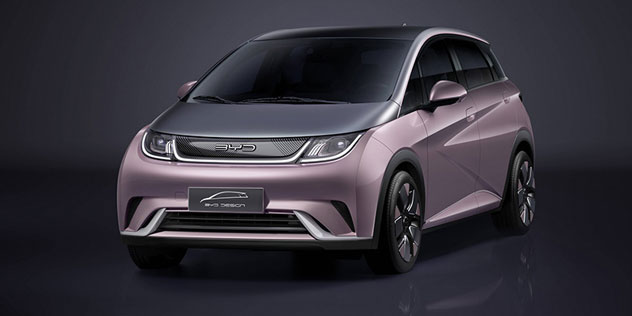
The BYD Dolphin, which arrived in 2023, is the cheapest hatch to run in Australia. It costs $573 a year in energy costs according to the above assumptions.
It is available in two variants: the Dynamic with 44.9kWh battery and 340km WLTP range, or the Premium with a 60.48kWh battery and up to 427km WLTP range.
Having just landed it is unlikely there will be many (if any) secondhand ones available, but it is available from $38,890 before on-road costs for the Dynamic and from $44,890 before on-roads for the Premium.
Lexus UX 300e Hatch
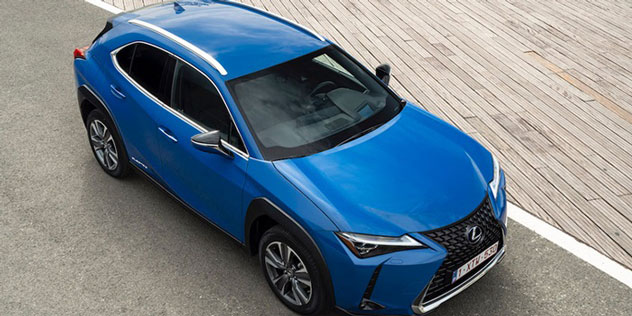
The Lexus UX 300e is Toyota's luxury brand’s first all-electric model, offering a solid 560km WLTP range wrapped up in a stylish package.
Vying with the BMW i3 for the cheapest premium vehicle to run, the 2023 UX 300e costs $582 a year to run based on the assumptions, about $100 less than the 2021 model which costs $683 a year to run.
The cheap running costs are not accompanied by a similar purchase price, however. Priced from $79,990 new before on-roads, you might be lucky to pick a secondhand one up from around $60,000.
MG MG4 64kWh EV RWD
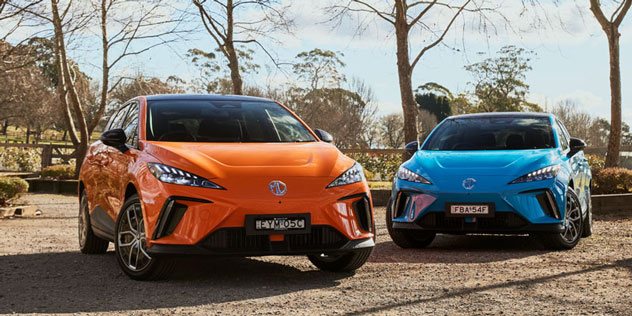
Another new arrival to the local EV market is the MG MG4. Having landed in 2023, the cheapest variant to run is the 64kWh model.
It costs $592 a year to run based on the assumptions, using an average of 130Wh/km (we note that the 51kWh model, which is lighter because it has a smaller battery, is listed with energy consumption of 184Wh/km, and we have reached out to MG for clarification.)
Priced from $39,990 before on-road costs – and now available nationwide with driveaway pricing - it is along with the BYD Dolphin, one of the cheapest EVs to buy and run in Australia.
Cheapest Sedans to run
Hyundai Ioniq EV
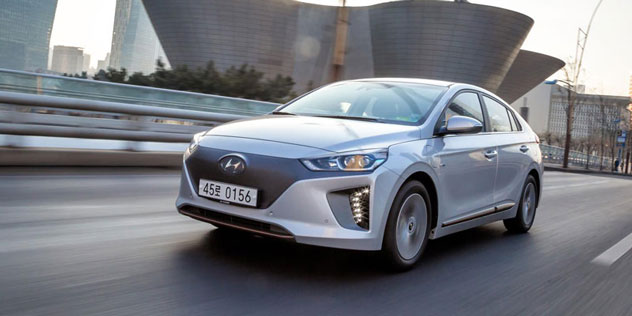
The Hyundai Ioniq EV preceded the Ioniq 5 SUV and Ioniq 6 coupe, arriving in Australia in 2018 alongside a plug-in hybrid and hybrid variant. While it is more fastback than sedan, it is THE cheapest vehicle to run in Australia, mopping up a tiny $564 a year based on the assumptions above – what a shame that has been discontinued!
While their modest sales mean they can be hard to get hold of, having also held the title of cheapest new EV to buy in Australia for a time, they are now very economical to buy; expect to find one around $25,000 or above.
BMW i3
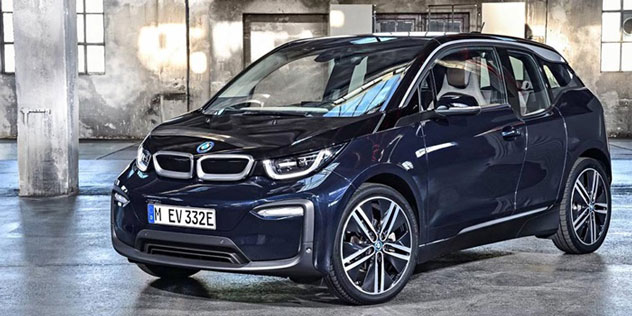
The now discontinued BMW i3 was an early arrival to the Australian EV market, is now listed as the second cheapest sedan to run by the VESR website, starting from $587 a year using the above assumptions.
While the body shape itself is considered a hatch, it is considered part of the small passenger vehicle segment according to Vfacts car sales data. Regardless of its body shape, the all-electric 2014 model that is the cheapest BMW i3 to run of all.
Being an early year model, the 2014 BMW i3 came with a 60ah battery – about 22kWh – giving it 80-180km range in real world terms. Expect to pick one up secondhand from around $26,000.
The model range includes both all-electric and “range extender” (REX) models that include a small petrol tank, with the 2018 94Ah REX model costing $769 a year according to the data.
Tesla Model 3 RWD
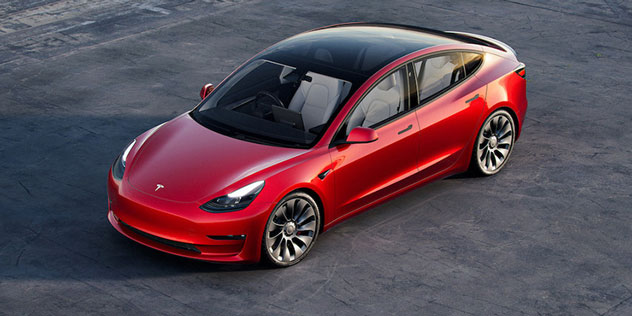
The Tesla Model 3 is a long-term favourite in the local EV market and with the introduction of the sleek, updated 2024 “Highland” model it proved that yet again it can hit the top of the entire sedan market.
Priced from $61,900 new before on-roads, the VESR website says the 2023 year model costs just $601 a year to run (the cheapest to run true sedan on the list.)
The 2023 model uses an average 132Wh/km, and though the site doesn’t yet list the 2024 Tesla Model 3 model’s energy consumption, upgrades - including better aerodynamics and more energy efficient tyres - mean it could cost even less to run.
Prices for secondhand Model 3s have dropped considerably, with 2019 models going from below $40,000, and from $52,000 for a 2023 year model.
Cheapest SUVs to run
Hyundai Kona EV

The Hyundai Kona EV is a long-term favourite as far as EVs go in Australia.
Landing locally in early-2019 in the long-range 64kWh format, the Hyundai Kona EV costs just under $600 a year to run - as little as a third of the cost of its fossil-fuelled equivalent. It averages around 131Wh/km, according to testing data.
Originally priced around $60,000 before on-roads, it is now available secondhand starting from around $35,000 for a 2018 model based on current Car Sales pricing.
Tesla Model Y RWD
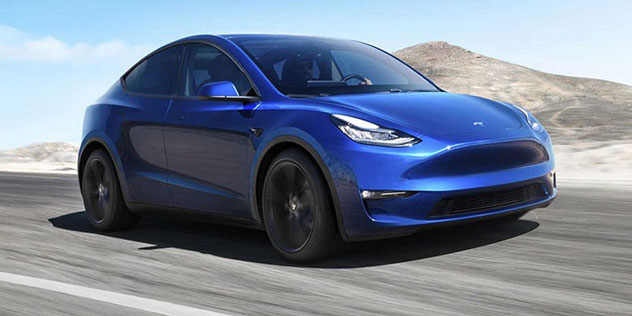
The rear-wheel-drive Tesla Model Y is the second cheapest SUV to run in Australia. It arrived in late 2022, and is now priced from $65,400 new, before on-road costs. According to the VESR website and using the default assumptions, it costs $664 a year to run, using an average 146Wh/km.
This means that compared to a 3.5 star Toyota RAV4 hybrid, the six-star electric SUV costs about half the price to run using the above assumptions. Even the relatively power-hungry Performance model will chew through only about $710 a year, though it does command a higher purchase price of $91,400 new before on-road costs.
As it has only been in Australia for less than two years, don’t expect to get a huge discount on a secondhand Model Y RWD, but if you look hard enough you might find one under $60,000.
Peugeot 2008 e2008 GT SUV
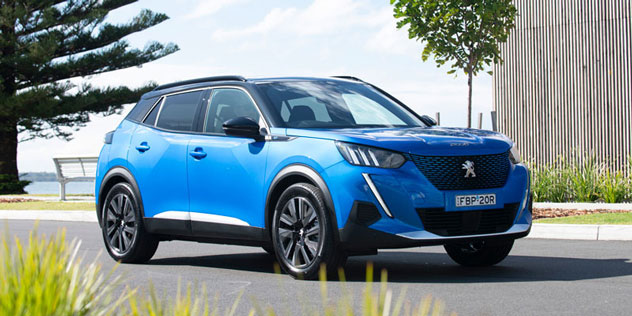
Having arrived in the third quarter of 2023, the Peugeot e2008 may have flown under many people’s radars. The stylish and compact electric SUV boasts a 50kWh battery pack that delivers a modest WLTP range of up to 328 kilometres.
Priced from $59,900 new before on-roads, the six-star electric 3008 uses an average 161Wh/km and costs $733 a year according to the assumptions.
That’s less than half that of the hybrid Peugeot that costs $1500 a year, according to the data.
* The star ratings are determined based on testing according to the Australian Design Rules (ADR) fuel consumption labelling. It uses the data the calculated carbon dioxide emissions and fuel usage according to lab tests (as opposed to real-world driving conditions) for EVs, hybrids and ICE vehicles and use UN R83 (dated 2006) and UN R101 (dated 2004).
To counter testing results that typically shower lower fuel consumption than in real world driving, the AAA in November launched the Real World Testing Program. It has found numerous instances where fuel usage by vehicles is higher than official figures – something to keep in mind when comparing the running of costs of vehicles! Real world costs could be higher depending on driving style and condition.


